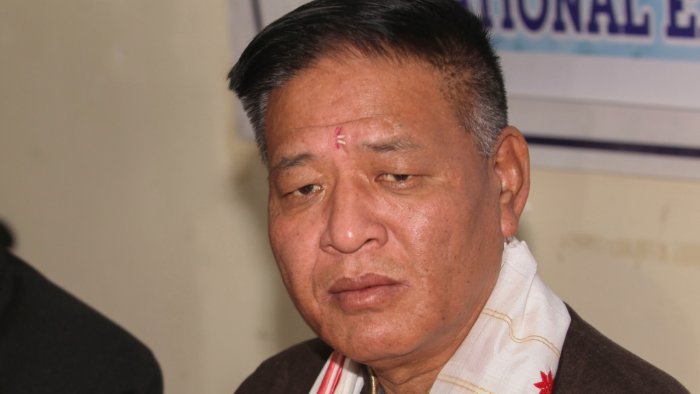The Tibetan government-in-exile claimed to have devised a strategy for a democratic transition in the Tibetan leadership in anticipation of China’s meddling in the succession of the Dalai Lama.
Speaking to the media, Penpa Tsering, the president of the Tibetan government-in-exile, noted that a repetition of the 1995 appointment of a rival Panchen Lama by the Communist government of China while a boy chosen by the Dalai Lama as the incarnate of the Lama was whisked away from the public eye, can not be negated.
“What happens after the present Dalai Lama is no more, is a big challenge for the Tibetans, especially if the Sino-Tibetan conflict is not resolved. We believe China will definitely interfere with the succession process of the Dalai Lama. They have been preparing for that for the last 15 years,” Tsering, who also holds the title of Sikyong, told PTI on Tuesday.
What Chinese govt did in 2007?
He further recalled that the Chinese government issued a “diktat” in 2007 on the need for it to be involved in the succession of all reincarnate Lamas. “This was done, aiming at using religion as a political tool, even though China should not have any role. They (the Chinese) intervened in 1995 when they chose a boy (Gyancain Norbu) as the Panchen Lama. The boy recognised by His Holiness (the Dalai Lama) as Panchen Lama (Gedhun Choeyi Nyima) was whisked away and we still have no news of whether he is alive,” he added.
A six-point plan
Meanwhile, a six-point plan has also been prepared to prepare the world and Tibetans for the day when the 14th Dalai Lama passes away. According to Tsering, the cornerstone of the plan is a democratic transition.
While the religious leadership remains with the Dalai Lama, since 2011, the political leadership of the Tibetan community has devolved on the directly elected Sikyong or president of the Tibetan government-in-exile. Till then, the temporal head of the Tibetan government-in-exile elected by the ‘Kashag’ or parliament-in-exile was ‘Kalon Tripa’ or Prime Minister with the Dalai Lama as the overall head.
It is pertinent to mention here that a popular uprising in 1959 against the Chinese who had invaded Tibet in 1950, which was bloodily put down killing thousands of civilians, saw the Dalai Lama and many of his followers fleeing to India. A year after that, the Dalai Lama established a democratically-elected parliament.

